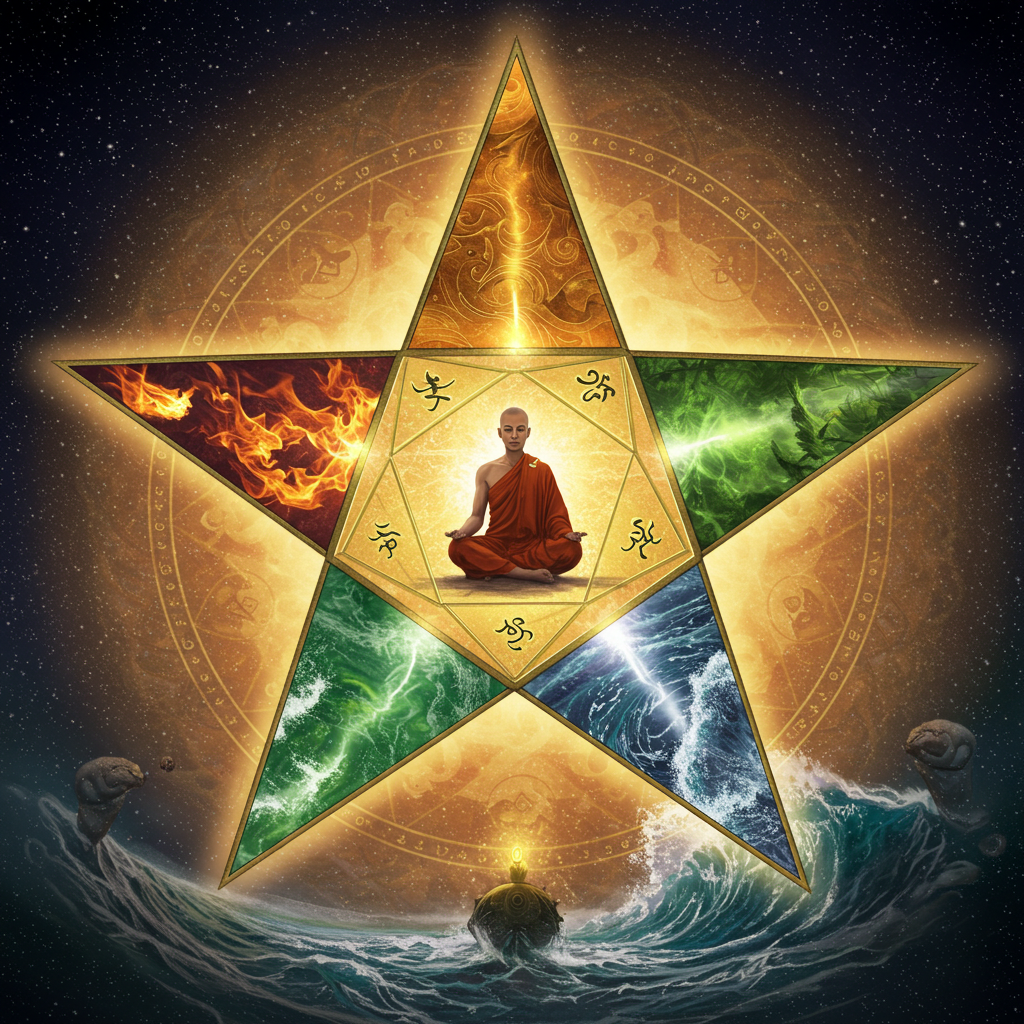According to various philosophical and religious traditions, the number five embodies perfect balance, harmony, and the integration of fundamental elements. This numerical symbolism manifests in architectural design (five-pointed structures), spatial organization (five directions including center), and ritual practices requiring five components to create wholeness. The balanced nature of five supposedly makes it particularly effective for protective purposes, health maintenance, and establishing equilibrium in unstable situations. Some traditions specify that five works through representing all elements in correct proportion rather than through inherent magical properties.

A baby’s future career or fate is predicted by the first object they select during a ceremonial setup.
In several Asian and Eastern European cultures, a traditional ceremony is held for babies usually around their first birthday. Known


